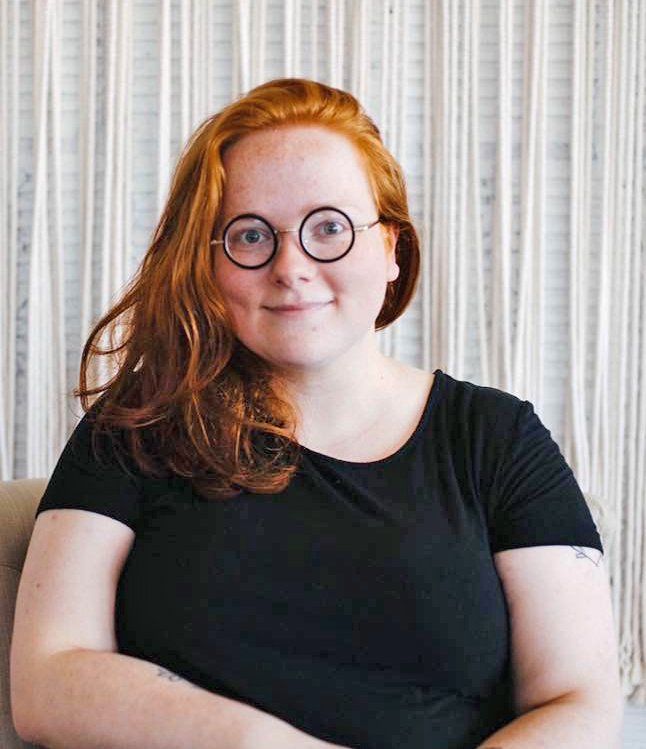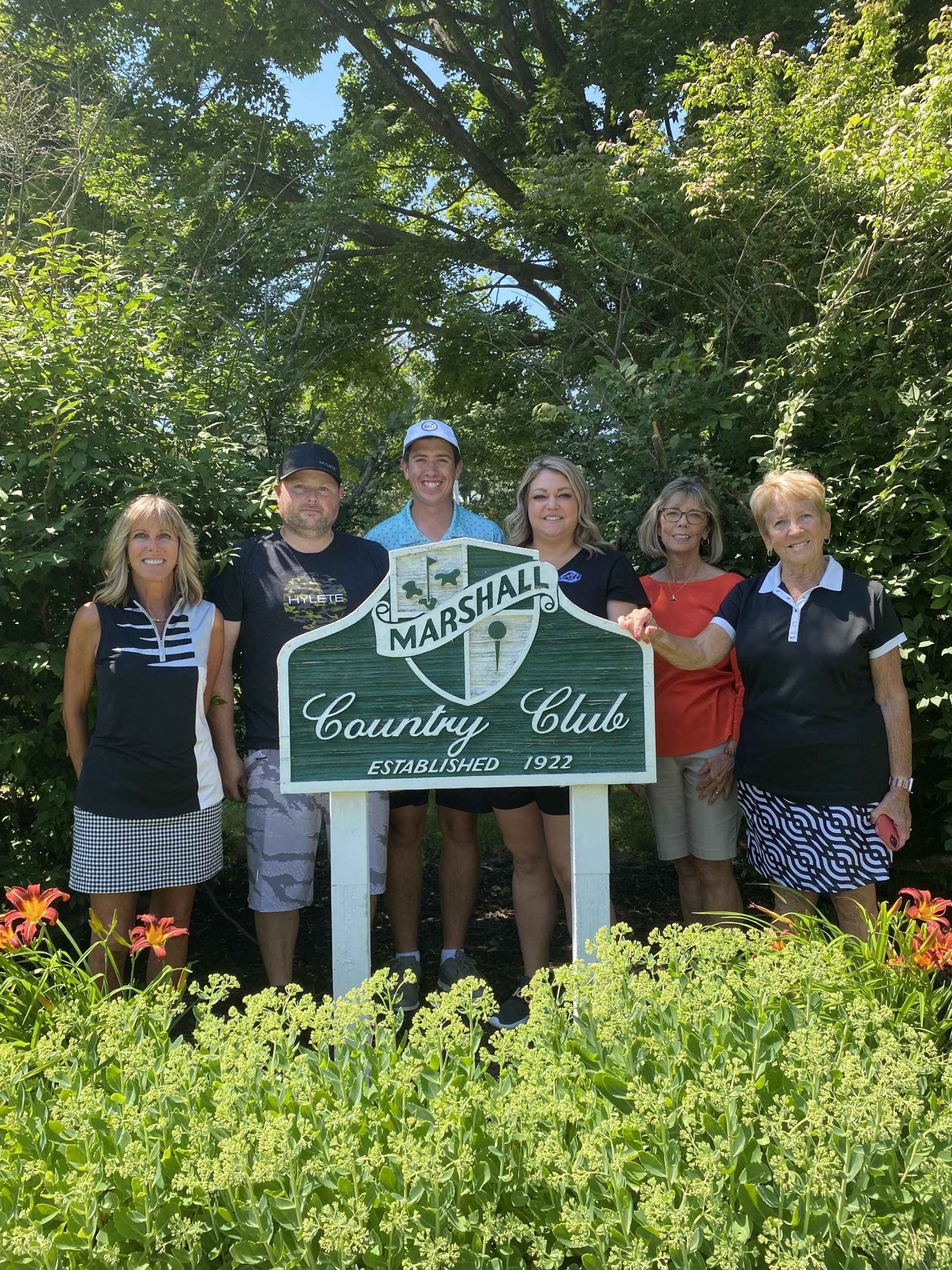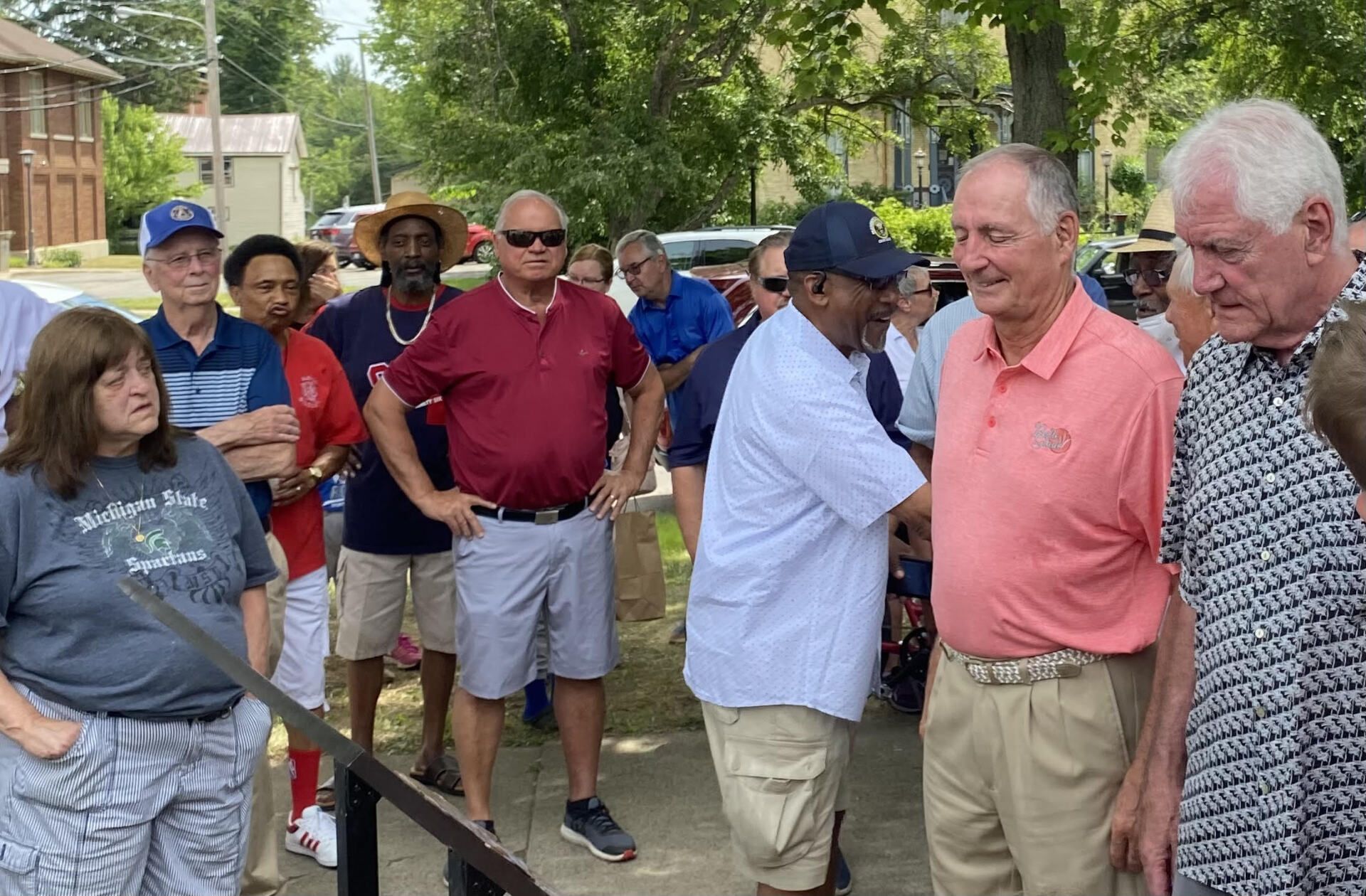What is your job title, how long have you worked there and what was your understanding of what it would be like when you took the position? Did any of your prior experience or training prepare you for this situation? What did you do before you started working at the county?
“My job title is Communications Manager for Calhoun County Government, and I have been in this role for two years.
“Since starting, my priorities have been to streamline how the county shares information, improve our website, and help departments with outreach.
“Before working for the county I was social media strategist for Herman Miller in Grand Rapids, which was very different than this job.
“I also worked in communications for Northern Michigan University for a half dozen years in some capacity, and that prepared me some for crisis communications.”
What did your job entail before the pandemic? Can you describe how you became aware of what you needed to do and how to do it? Please explain how it all played out as far as you becoming aware of your adapted role.
“What strikes me now is how little we realized this would impact our everyday lives in early March.
“The county was proactive about having the Board of Commissioners approve a policy that would allow the Administrator to make decisions quickly in response to a public health crisis, so we knew it was coming and made proactive decisions to protect employees.
“But I don't think we could have predicted how much COVID response would become part of what we do every day.
“When we did our first virtual Board of Commissioners meeting in April, we hoped it would be the only one.
“We're still having virtual BOC meetings in July.
“As Public Information Officer, my job was not to strategize or develop our response, my unique role was to get the word out.
“To write the content, answer questions, and have the full story.
“I wanted to make sure the public knew basically as much as I did. This is a confusing and ever-changing situation, there is a lot of grey area, and I don't trust Facebook as a primary source;
“Therefore, I have the responsibility to ensure accurate and digestible government information can be found easily.”
How has your job changed, with examples, and I would ask for some insight about how it all goes together behind the scenes, how many extra hours you've had to put in, any out of the ordinary situations where, say, you had to get up at 2 a.m. to work on something.
“There wasn't lack of work and for many weeks I felt like I was waking up solely to my job: Go to sleep, then wake up to do another day of the JOC.
“It's just me and my dog and we weren't supposed to leave our homes—I appreciated that I had work to distract me.
“I've always been one to work extra hours to get the work done, so what was so wild about the situation wasn't necessarily the amount of work that needed to be done but being home while doing it.
“In our work and with my coworkers, I felt the intensity of a community crisis but I was helping with it from my living room. That was bizarre.
” How do you decide among the three of you how to disseminate info? Had you ever worked together before and how do you all decide how to move forward? Who creates the JIC slides? Sets up the meetings? Maintains the websites and Facebook pages?
“I mentioned that one of my priorities before the pandemic was to streamline how the county communicates, and I'm glad that some of those tools were helpful in JOC communications—our Constant Contact email system allowed people to sign up right on our website, and the county's seriously-improved website went live a couple weeks before Calhoun County's first COVID-19 case.
“We mostly leaned on whatever communications infrastructure we had in place, both the city and county, to get out whatever information we could.
“I have worked with Jessica on quite a few projects in the past; she's been a mentor to me since I started and I've really valued her insight into government communications, which is a special beast.
“Working with her on the JOC has been proof-positive that we're powerhouses when we work together. I appreciate how passionate we both are about what we do—the job we will be done to the best of our abilities, and we both seek to do better.”
What else do you do that we might not know about? Please help us understand the demands of your daily work.
“The key way that people can engage and stay up-to-date with the Joint Operations Center are the Joint Information Center briefings, which we send via email blast now once a week, and more often as necessary.
“Anyone can sign up for those emails at the county website calhouncountymi.gov.
“Every day, I update the calhouncountymi.gov Alert page with our COVID-19 numbers (positive cases [580 as of 11 a.m. July 20], total hospitalizations [96 as of 11 a.m. July 20], current hospitalizations [7 as of 11 a.m. July 20], released isolation [451 as of July 20] and quarantine orders [607 as of July 20], and total deaths [38 as of July 20]) and three-times a week, I update the cumulative data page with demographic information and a current epidemiological curve.
“The City of Battle Creek website has thorough language resources for our various communities, as well as all communications that were sent.
“This is what we're doing currently—our communications response has varied in size based on need and severity of the situation. That will continue to be the case.”
What would you like the public to know about the Unified Command Team, and, how did they know what to do in response to this unexpected event?
“I want to acknowledge that this isn't over. The UCT is closely monitoring hospitalizations, as well as all COVID numbers reported in our County by the Public Health Department. I imagine if we hit certain benchmarks in hospitalizations especially, we'll restart daily meetings. The UCT, and the PIOs in our role of delivering the information to folks, will continue to show up for this challenge and do what's necessary to keep with the JOC's mission, to save lives and mitigate suffering.”















